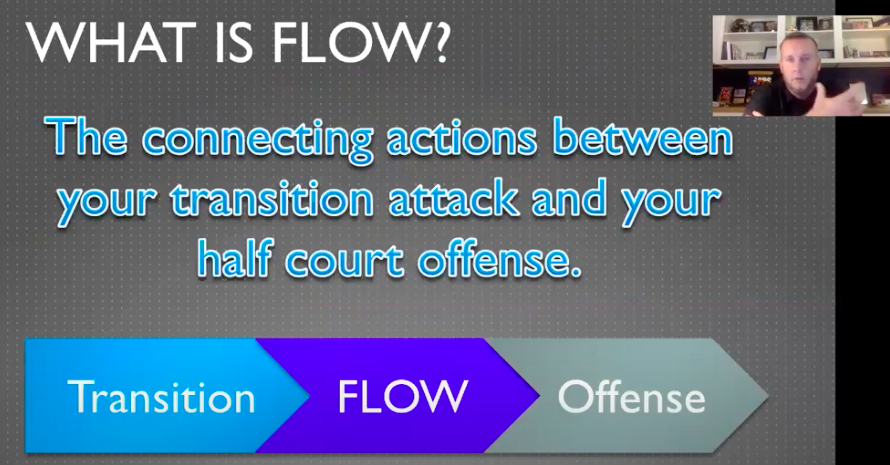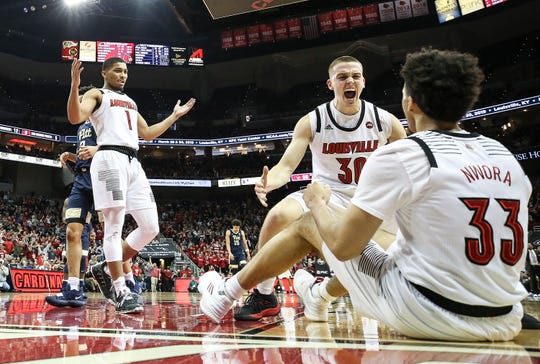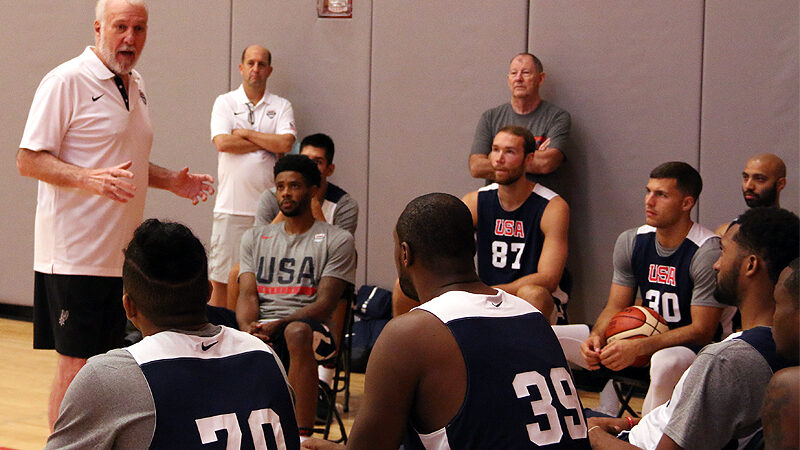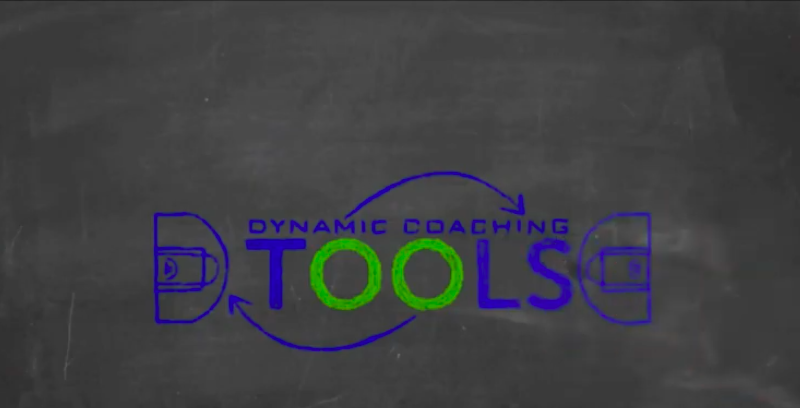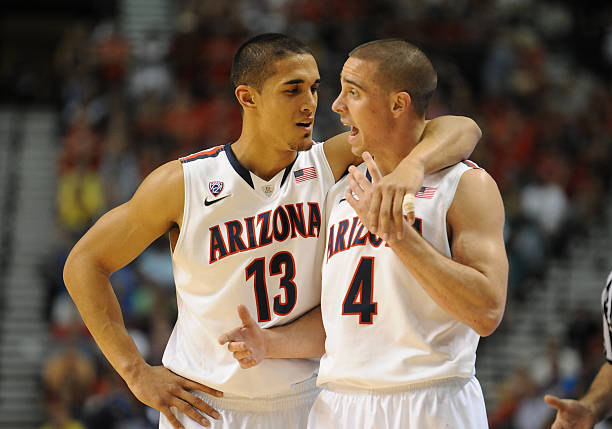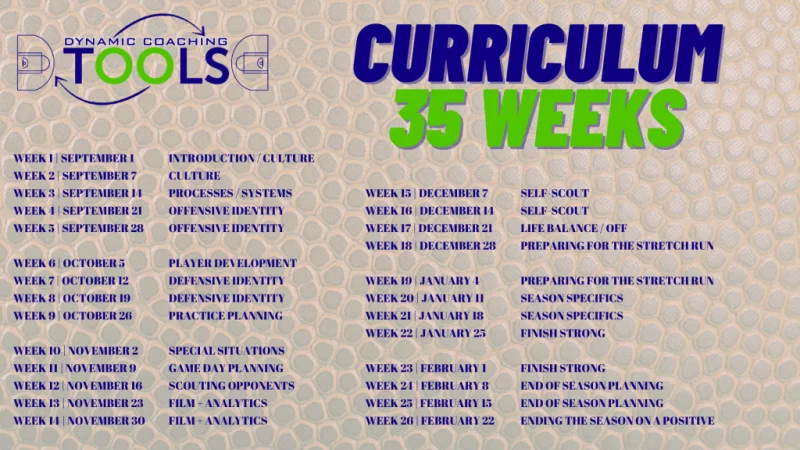Spurs | Advantage Based Basketball
The San Antonio Spurs were referred to as playing “the beautiful game.” This style of play was an elite level of “advantage based basketball.” The Spurs created “the beautiful game” with skilled players, quick decision making, and a collective buy-in to find the best shot possible on each possession.
The Spurs often times used a simple ball screen as an “initiating action.” We call it an initiating action, because it initiates an offensive advantage. Once that happens, the Spurs force the defense to scramble and chase, until a great shot presents itself. Here is a video of the Spurs playing “advantage based basketball.”
To learn more, go follow Dynamic Coaching Tools on Twitter and Instagram.




